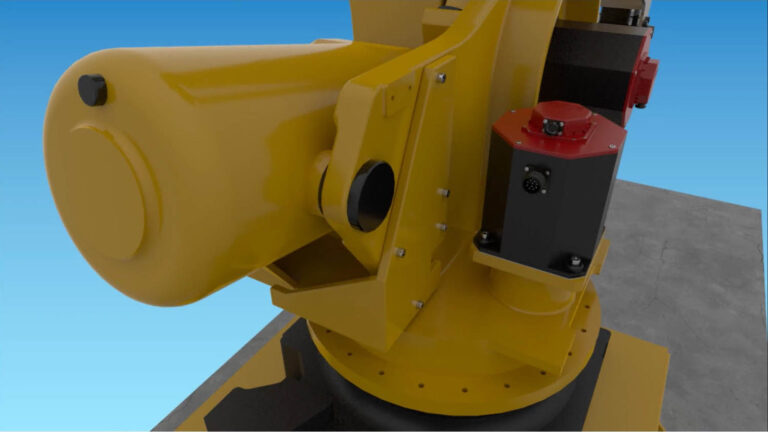

AUTODESK GRAPHIC FULL
The idea is that when working on a model in the viewport, an architect, engineer or designer can quickly switch to full ray traced quality at the click of a button. Rather than looking at performance in simple shaded views, the focus was on the eye-catching stuff – real-time ray tracing.
AUTODESK GRAPHIC SOFTWARE
Image courtesy of Autodesk / Nvidia GTC Nvidia GTC showtimeĪutodesk’s Henrik Edstrom, senior software architect, graphics technology, and Mauricio Vives, senior principal engineer, gave a sneak peek of the ‘next-generation’ viewport system in a presentation at Nvidia’s GTC conference last week (registration required). Current 3ds max viewport (left) and new path tracing viewport (right) with scene resolving. It will utilise open standards, such as MaterialX and Pixar’s Hydra, part of USD. The modernised OGS will also be able to use hardware-based ray tracing, which is built into modern graphics cards such as the new ‘Ampere’ Nvidia RTX, and forthcoming GPUs from AMD and Intel. However, like many other 3D CAD and BIM tools that use older graphics APIs, 3D performance in Revit has remained largely bottlenecked by the frequency of the CPU. In fact, in AEC Magazine’s workstation tests we have seen as little as single digit percentage utilisation of GPU resources, which can result in poor 3D performance, especially when working with large models.Īutodesk’s ‘next generation’ viewport system should fix this, and users should get a much smoother viewport experience without having to rely on the software to simplify the model or turn off effects during view navigation.īy fully utilising modern graphics APIs including DirectX 12 and Vulkan, Autodesk’s applications will be able to talk straight to the GPU hardware (rather than having to route everything through the graphics driver) and take better advantage of multi-core CPUs. Co-developed by AMD, it was designed to improve viewport performance through ‘occlusion culling’, by not drawing elements in the current view that are obscured by others.

The graphics engine has only had small improvements over the years including the introduction of the ‘draw visible elements only’ feature in 2015.

Revit, in particular, is notoriously poor at harnessing the plentiful power of modern Graphics Processing Units (GPUs). It dates back to 2007 and uses older graphics APIs including OpenGL and DirectX 9/10/11. OGS is shared by nearly all Autodesk products, including Revit, 3ds max, AutoCAD, Inventor, Maya, Fusion, Infraworks, Navisworks and Recap. The new viewport system is a complete re-architecting of the current One Graphics System (OGS), which relies solely on rasterisation, a rendering method for 3D software that takes vector data and turns it into pixels (a raster image). The aim is to enable users to switch between a simple shaded view and a photorealistic representation very quickly – though the speed at which this can happen will depend on the graphics hardware and the complexity of the model. The ‘next-generation’ system will also improve visual quality by delivering ray tracing directly inside the viewport. Autodesk’s new One Graphics System (OGS) for Revit, 3ds max and other Autodesk applications will improve viewport performance and visual quality through GPU ray tracingĪutodesk is working on a new graphics engine that promises to ‘radically improve’ 3D performance in its core applications, including Revit, 3ds max and others.


 0 kommentar(er)
0 kommentar(er)
